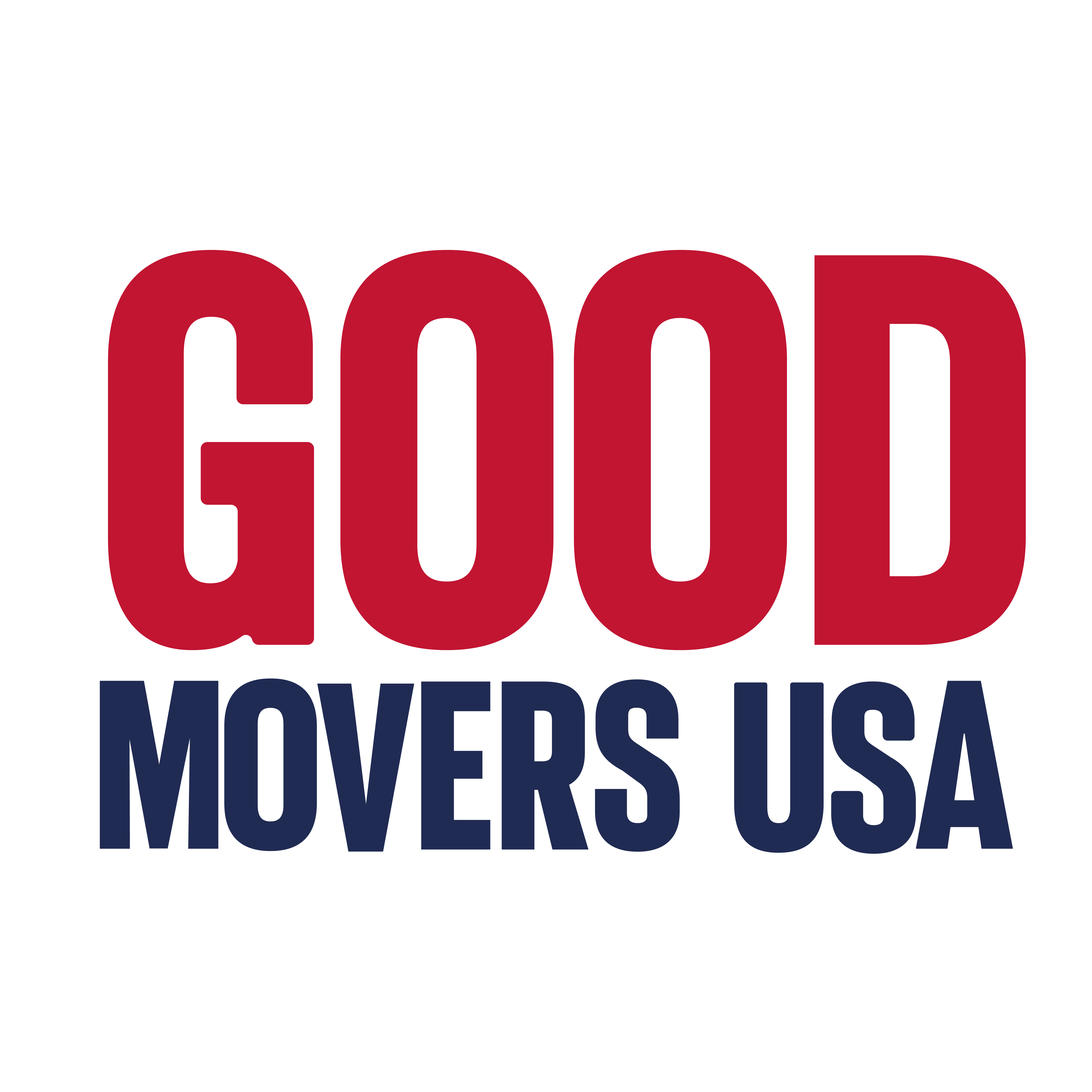Services > Valuation Coverage
Valuation Coverage
Valuation Coverage →
Valuation Coverage
Understanding moving valuation coverage and adhering to essential guidelines will help protect your belongings during the moving process.
Valuation Coverage Explained
When engaging professional movers, it’s crucial to have insurance coverage for the value of your belongings in case of damage during the move. Valuation Coverage is the insurance that safeguards items that were lost, damaged, or destroyed during the move. The extent of coverage provided by the moving company varies according to your specific requirements.
The chosen valuation coverage determines the basis of your claim, how it will be handled, and the compensation you’ll receive. Liability for loss or damage adheres to restrictions and exclusions outlined in federal rules and regulations based on applicable tariffs. This represents the highest level of liability that licensed movers offer to their clients.
Valuation Alternatives:
1
Basic Coverage or Released Rate Liability
This option offers a basic level of responsibility at no additional cost. The maximum liability for lost or damaged items is 60 cents multiplied by the weight of the piece. It applies to all types of moves.
2
Full-Value Coverage
With this coverage, damaged or lost belongings are repaired, replaced with similar articles, or a financial settlement is issued. The full value protection is calculated at $6 per pound of the anticipated weight of your shipment, with a $0 deductible.
3
Articles of Extraordinary Value
Items valued at more than $100 per pound should be listed on the High-Value Inventory form before the relocation commences. Examples include art collections, crystals, antiquities, porcelain, and silverware.
Regardless of the option chosen, it is essential to pick a reputable mover known for delivering seamless and successful moves to minimize the need for filing claims.
Valuation Coverage guidelines and regulations
1
Proof of damage is required to substantiate the mover’s responsibility.
2
Items not packed by the mover are not insured.
3
Unless there is clear evidence of mishandling during the relocation, the mover is not responsible for electronic equipment malfunctions.
4
Full payment for the move is required, even if damage is noticed during the process. Claims can only be initiated after payment.
5
Good Movers does not assume liability for damages to floors, walls, doors, or painted surfaces not identified during the final walk-through.
6
Repairs or replacements of pressed board or faux wooden furniture are not covered by basic or enhanced insurance.
7
Good Movers is not liable for damages resulting from non-routine moving, such as standing items on end, stairways, snags, sharp edges, crowded workplaces, tight squeezes, balcony handovers, railings, or weather-related damage. A waiver may be required for approved non-routine moving requests.
8
Good Movers is not responsible for damage to items like household goods, electrical wires, lampshades, beds, mattresses, etc., that are already damaged before the move. Good Movers does not handle disconnection or reconnection of appliances, plumbing, electrical, or gas lines. All lines and connections must be checked and accepted by you or your representative.
9
Good Movers is not responsible for the removal or reinstallation of TVs, lights, ceiling fans, etc. Any assistance provided by movers is a courtesy and the user’s responsibility.
10
Moving large and heavy items like pianos or appliances may require special equipment that could potentially damage floor surfaces. Damage or marks resulting from the relocation of such items are not the responsibility of the moving company.

